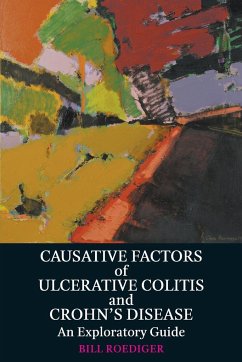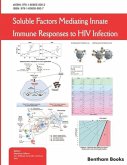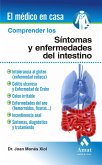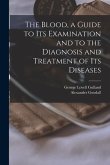The causation of two inflammatory bowel diseases, ulcerative colitis and Crohn's disease, are usually considered unknown. This book was collated from the published scientific literature and observations that brought new avenues of thought on the disease processes of ulcerative colitis and Crohn's disease. ULCERATIVE COLITIS Following the unexpected observation, made in the early 1980s, that bacterial products (short chain fatty acids) nourish the lining cells of the large bowel, it became possible to define biochemical alterations in these cells associated with ulcerative colitis. Agents that mimicked the biochemical alterations (nitric oxide with hydrogen sulphide) were subsequently found and also established to be derived from bacteria. These injurious agents are generated by bacteria from high protein diets, typical of Western diets. Countries where low protein and high carbohydrate diets are consumed, such as rural Africa, have a negligible incidence of ulcerative colitis. Bacteria in the human colon that produce nitric oxide still need to be defined. CROHN'S DISEASE Crohn's disease manifests in a biphasic clinical pattern: a mild early 'infective' stage responsive to antibiotics and a later 'antigenic' phase unresponsive to antibiotics but responsive to immune suppression. One organism, Mycoplasma fermentans, that follows this pattern can be detected in Crohn's disease. These bacterial observations need to be verified by further analyses.








